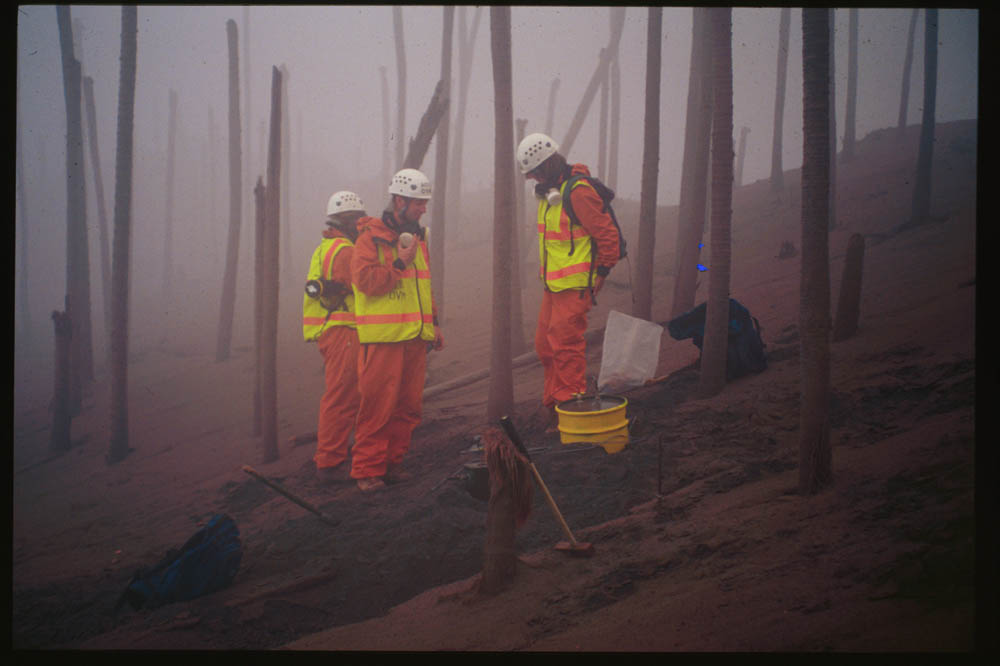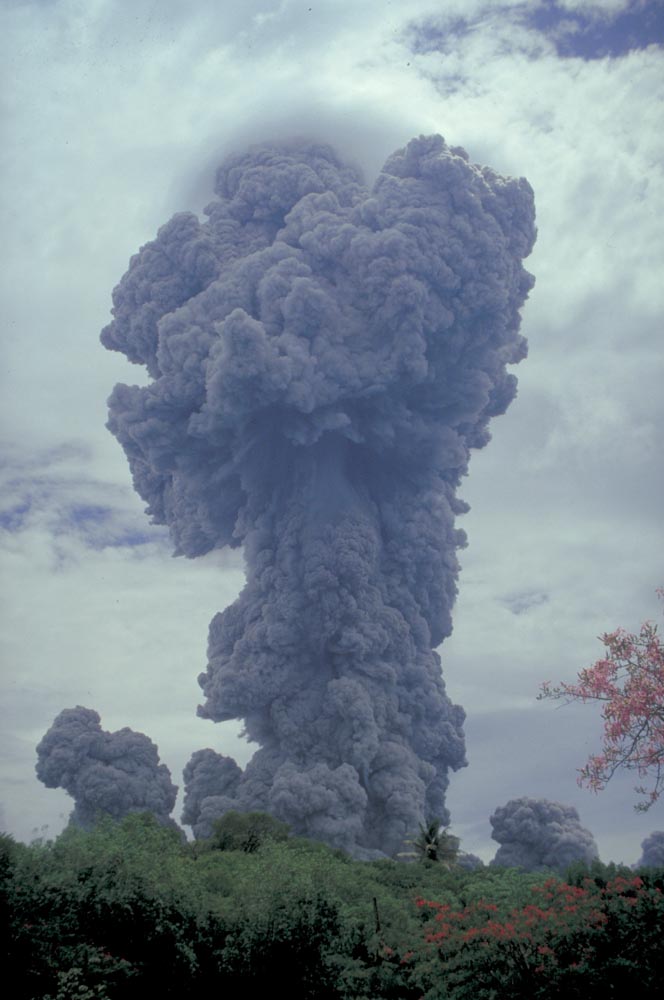Goals and objectives
Approximately 500 million people live close enough to active volcanoes to be at risk when they erupt. The consequences can be loss of life, adverse effects on health, societal disruption and economic losses. Very large volcanic eruptions, although rare, have the potential to cause national, regional and, in extreme cases, global catastrophe. The objectives of VOGRIPA are to create a global database of volcanic hazards, volcanic activity and vulnerability that can be analysed to identify locations at high risk and gaps in knowledge about hazard and risk and that will allow scientists and disaster managers at specific locations to analyse risk within a global context of systematic information. The outcome of the project will be sophisticated databases on volcanic hazards with the development of vulnerability indices, analysis in the form of advanced statistics and modelling, and finally the generation of generic risk assessment tools that can be applied locally. The project is risk-oriented and will fill a major gap by providing comprehensive databases and analysis methodologies that can be developed and updated in the future as a source of key information for volcanic risk assessment.
Key questions that may be answered using VOGRIPA include the following:
- What are the recurrence rates of different kinds of hazardous volcanic phenomena (e.g. explosive eruptions, lava flows, pyroclastic flows, debris avalanches, lahars) of different magnitude and intensity?
- Which locations are affected by volcanic phenomena and how can the attendant risks be quantified?
- How is vulnerability best measured?
- Which locations are at high risk from future eruptions?
- When an eruption occurs how can the ongoing and changing risk be assessed in a timely fashion to save lives and minimise societal disruption?
These are simple questions to ask but hard questions to answer, as they require detailed knowledge about volcanic processes and statistical methods to make robust interpretations of the incomplete and sometimes biased geological and historical data on volcanism. They also require measures of vulnerability so that risk assessments can be systematic and linked to specific questions. To date, most volcanic risk work has been focussed on lives at risk with population densities and distributions around a volcano acting as indicators of vulnerability. We plan to extend this narrow perspective by investigating other factors.


